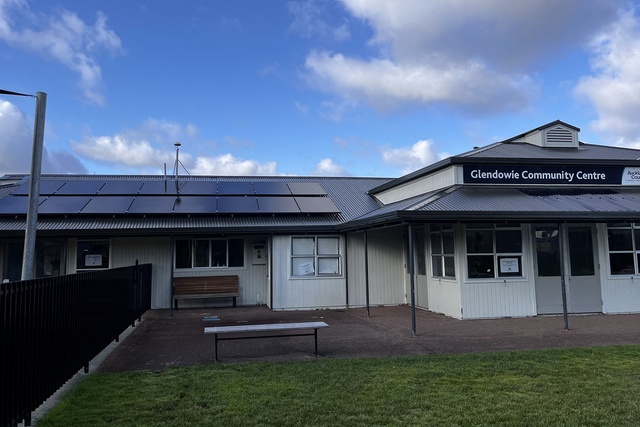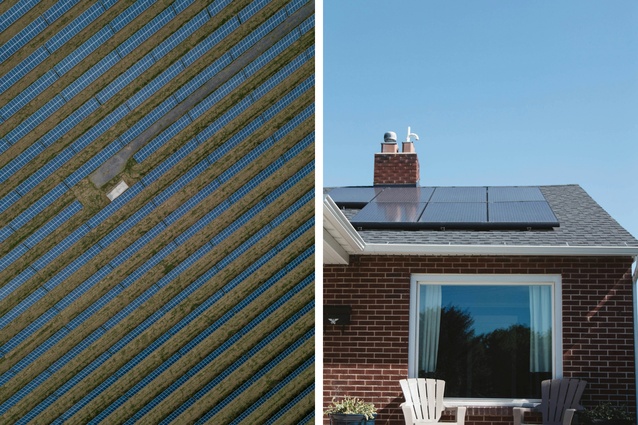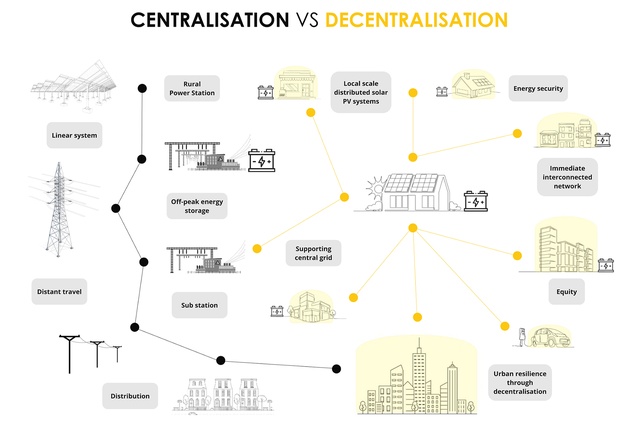New Zealand’s energy crisis: How distributed solar energy in buildings and cities can contribute to a resilient future
New Zealand is currently facing an energy crisis and quick solutions are needed; however, the current focus on investing in solar farms is a missed opportunity in resilience and climate change adaptation. Three Auckland University of Technology academics put forward a case for a less centralised approach.
The energy crisis Aotearoa is currently experiencing demands swift solutions. Driven by a combination of environmental factors and lack of investment in electricity generation capacity for years, low supply meant New Zealanders faced power cut warnings on the coldest morning of May. In addition to the risk of power cuts, this combination of low supply and high demand can lead to price increases at a time of year when people need electricity to keep their homes warm, and dry.
But we believe the Government’s solutions, which focus on the importation of liquified natural gas and incentives to build more large-scale renewable energy projects like solar farms, are misguided. The case against investing in gas has been highly publicised, due to the high greenhouse gas emissions and high costs. By focusing on the construction of large solar infrastructure in rural areas, away from our main centres, the Government misses a significant opportunity — one that we, as built environment professionals, must not ignore. As the planners and designers of our present and future built environments, we can enhance Aotearoa’s energy security through local, renewable energy generation and enhanced efficiency.
Centralised renewable energy and its missed opportunities
In a time of climate emergency, centralised renewable electricity generation through Think Big-scale hydro, solar and wind infrastructure is not a bad thing. With the potential for such projects’ rapid implementation and large-scale generation of clean energy, they are a step in the right direction. But simply generating more electricity won’t help communities when their power goes off — like the almost 234,000 homes affected by cyclone Gabrielle, some without power for more than a week in 2023, or the more than 50,000 homes in Auckland and Waikato that lost power during a storm due to fallen trees earlier this year.
Decentralised renewable energy and its benefits
Solar energy technologies offer the opportunity to distribute power generation and storage by integrating solar power in buildings and cities. Bringing electricity generation close to usage helps to increase resilience in case of storms and disruptions to power lines. While solar farms generate clean energy at scale, they miss opportunities by keeping energy generation far away from where it is used. By focusing only on solar farms, we are using new technologies in an old-fashioned way, by centralising power generation in certain locations, in the hands of a few companies.
Government initiatives and incentives could be doing more to integrate solar generation into communities, creating resilient places that can have their own power in case of natural disasters and power outages. Integrating solar panels into public buildings, schools, hospitals, as well as homes is not only good to minimise emissions, but also to enhance resilience to disasters, especially for our most vulnerable populations.

While there are some projects of this type in New Zealand through the Community Renewable Energy Fund and New Zealand Solar Schools, much more could be done. Instead of using productive farmland far away from communities, we could be better utilising the many rooftops and façades available in our cities. While solar power’s peak generation does not align with peak electricity demand in Aotearoa, every small solar system connected to the grid contributes, and at the national scale the water flowing into hydro lakes could be held back in the dams to meet evening peaks when solar is no longer available.
While photovoltaics and have become significantly more affordable and there are many finance options available, these technologies are still not accessible for many households, especially renters. Policies and incentives should make it easier for everyone to be able to afford them, but where it is not feasible to install solar panels, architects can now at least design rooftops thinking about future installation, ensuring a good solar orientation.
Energy efficient buildings: Reducing peak electricity demand
Buildings also play a significant role in reducing peak energy demand. In Aotearoa, peak demand is usually in winter evenings, when homes are being heated, lights are on and meals are being cooked. We should continue to reduce peak energy demand by designing and retrofitting buildings to be more energy efficient and healthy, using passive features to reduce the use of heating, and specifying efficient active systems.
Certifications such as Passive House and the new version of Homestar are good frameworks for measuring the efficiency of homes. Every form of energy comes with an impact, and solar panels and batteries have a significant environmental impact through their manufacturing. Energy efficiency is often considered ‘the first renewable energy’: even with new technologies, efficient design remains crucial, especially when trying to create net-zero or positive-energy buildings. In this sense, the Government’s idea of rolling back higher insulation standards would also go against solving the energy crisis.

In conclusion
Local energy generation is key for resilient, sustainable cities in New Zealand, with architects playing a pivotal role in the transition to a zero-carbon future. By reducing energy demand, especially in peak times, and increasing local generation, buildings and cities can be key drivers for the energy transition.
Decentralised renewable energy, especially building-integrated solar power, is crucial for resilience against extreme weather, bringing power generation closer to consumption. Investment in solar for public buildings, schools, hospitals, and homes could bring several benefits for disaster resilience and climate change mitigation.
Architects can plan a key role in climate change mitigation and adaptation through strategies to minimise demand and increase supply of energy, but support from policies and financial incentives could help to fast-track this transition.












